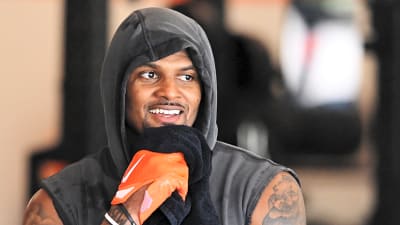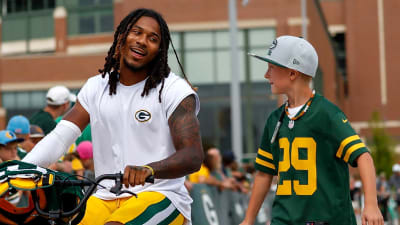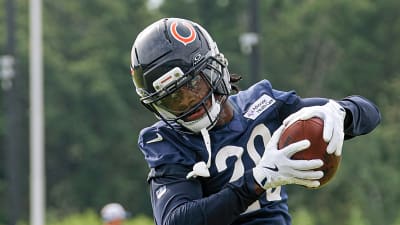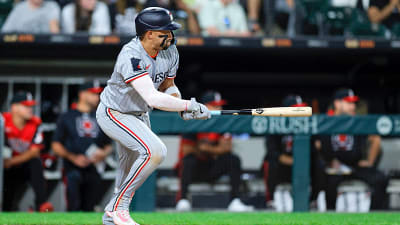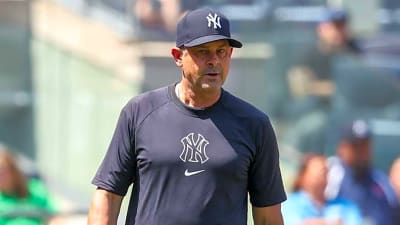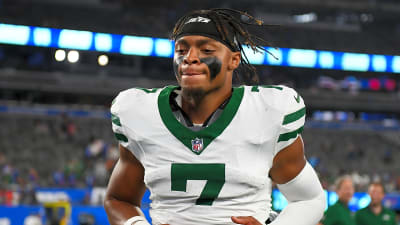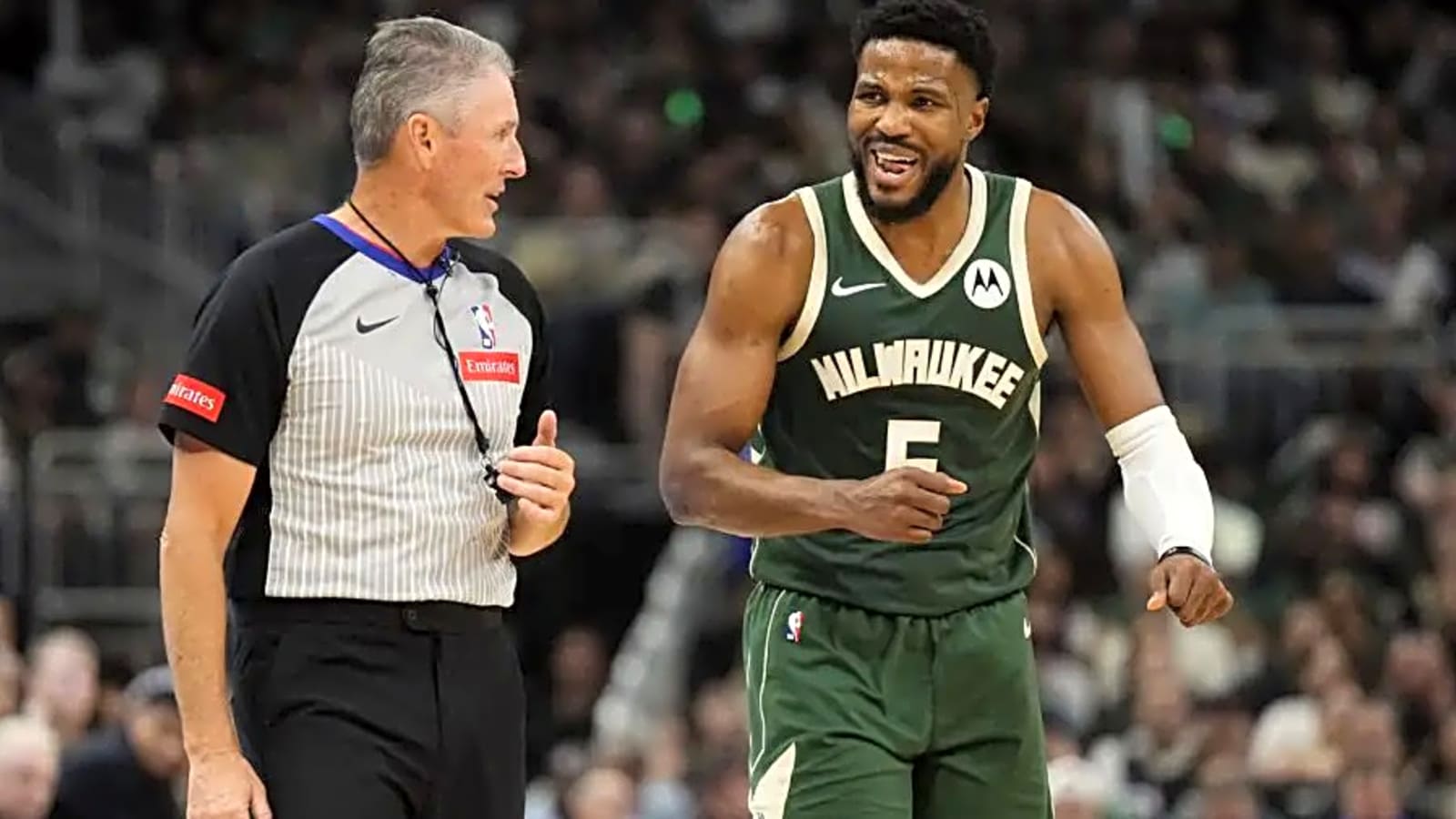
Former Milwaukee Bucks guard Malik Beasely is out of the woods, at least for now, in the gambling scandal that halted his free agency negotiations. Coming off an excellent year for the Pistons, he instantly becomes one of the best free agents left.
With the offseason basically over, though, he’ll have less of a market than he would have in normal circumstances. His legal drama, too, with the potential that accusations could resurface, will damp his earnings. He could be looking at a short-term deal near the minimum instead of his projected three-year contract worth over $40 million. That makes him an option for a team like the Bucks, but pursuing Beasley could boil down to overkill.
Milwaukee Bucks’ tempting free agent candidate would crowd young players off the court
Last season in Detroit, Beasely averaged 16.3 points on 41.6% from distance, his second straight season eclipsing the 40% threshold. His 3.9 made threes per game ranked third in the NBA behind Steph Curry and Anthony Edwards, who averaged more attempts and enjoyed a much higher overall volume of shots. At what he does, Beasley was arguably the best in the league.
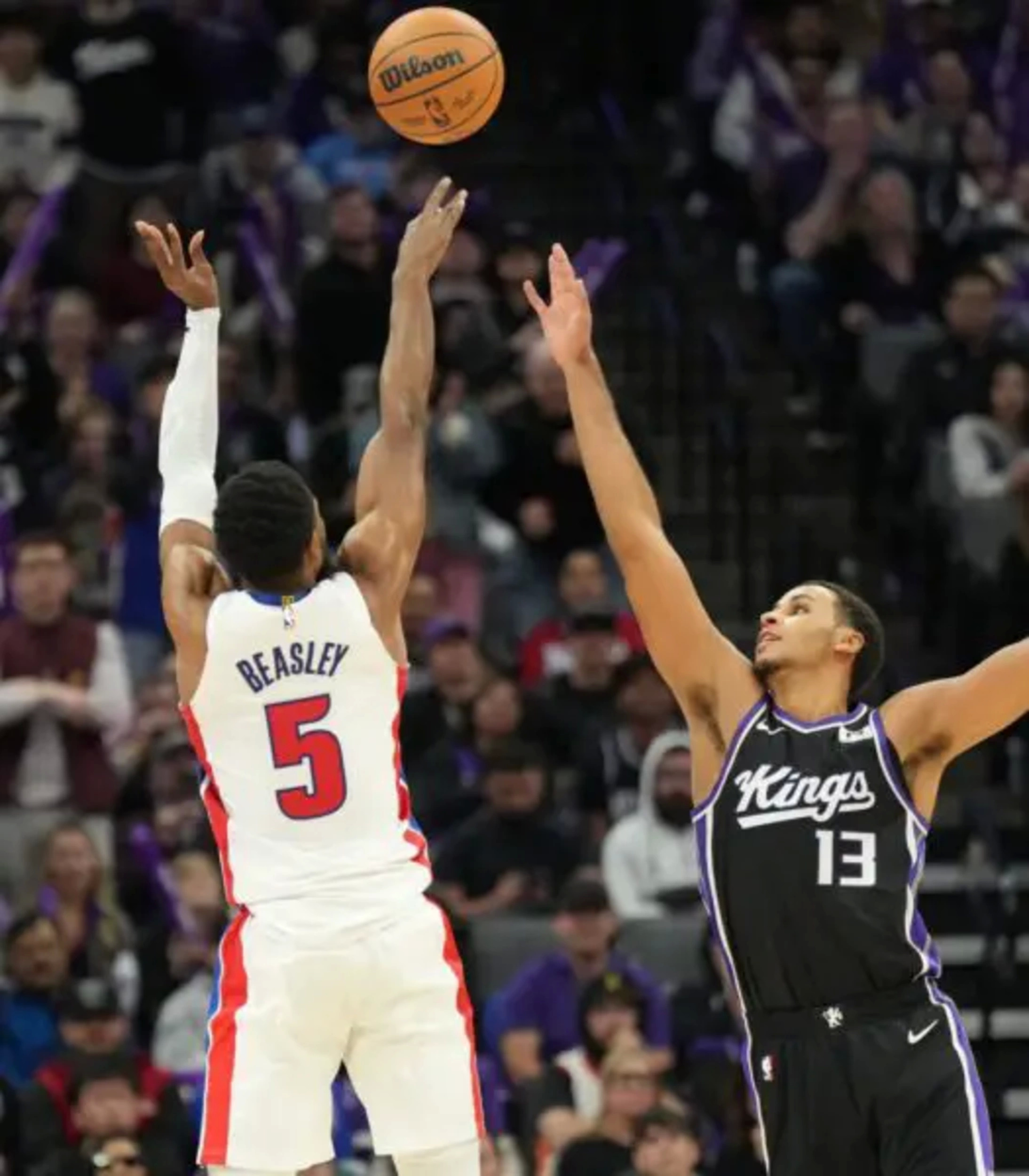
Unfortunately for him, many teams have already filled their roster needs at this point in free agency. The Pistons, who were reportedly keen on bringing him back, went out and signed Duncan Robinson. As for the Bucks, they have such a glut of two-guards that inserting Beasley into the mix, even on a high-value contact, could do more harm than good.
Obviously, he is a far better player than someone like Gary Harris. But how would the Bucks find minutes for everyone with Beasley in the fold? Gary Trent Jr. should start; right now, AJ Green is next man up. Ryan Rollins also needs playing time, and he won’t get enough playing backup point guard. The Bucks are hoping for breakout seasons from both him and Green. To have that happen, they need more minutes, not fewer.
Having signed Amir Coffey, the Bucks already have 16 players under contract, with a Thanasis Antetokounmpo reunion still possible. They could cut Andre Jackson Jr. and Chris Livingston/Harris, but roster room isn’t as much a problem as the foregoing issue of disrupting the rotation and stunting growth from young players.

How would Trent react to a Beasley addition, all but guaranteed to cut into his minutes to some degree? After taking a team-friendly deal to return to the Bucks, he might not be thrilled. Same goes for Green, who, without an extension, will enter free agency in summer 2026.
The only way Beasley would make sense on the roster is if the Bucks embrace a small-ball starting five, featuring both Green and Trent, which isn’t feasible against bigger opposing threes. At least in that case, though, those three guys all eat. Even then, however, Rollins, a superior defender and adequate knockdown shooter himself (40.8% on threes last year), will be limited.
If the Bucks did go small, one or more of traditional small forward options like Taurean Prince, Coffey, and Kyle Kuzma would be basically forced into cheerleading duties. That’s not the end of the world, but it also doesn’t make a lot of sense. It’s chaotic. It’s disruptive. Harris won’t contribute much but is fine at a 13th or 14th man because those guys aren’t supposed to command minutes. To create a functional hierarchy among the roster pieces, a trade would be necessary. If the Bucks can pull that off, then by all means, options open up.
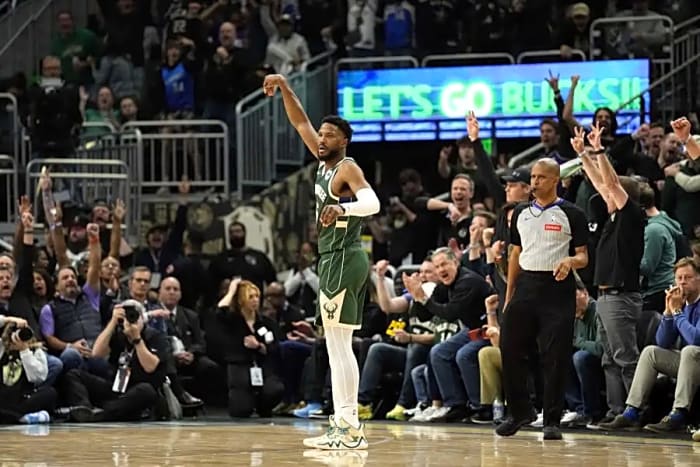
The bottom line is that adding Beasley, while potentially a high-value, buy-low opportunity, would throw things out of whack and necessitate further moves. With most rosters amply stocked by late August, a single move can do that. Not just in Milwaukee’s case but for many other teams as well, Beasley would be a complicated acquisition.
More must-reads:
- Could Travis Kelce's huge announcement add more fuel to retirement rumors?
- TE Premium Draft Strategy explained: Top fantasy football targets for 2025
- The 'Most NFL 1,000-receiving yard seasons' quiz
Breaking News
Trending News
Customize Your Newsletter
 +
+
Get the latest news and rumors, customized to your favorite sports and teams. Emailed daily. Always free!
